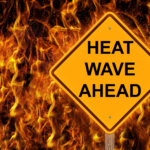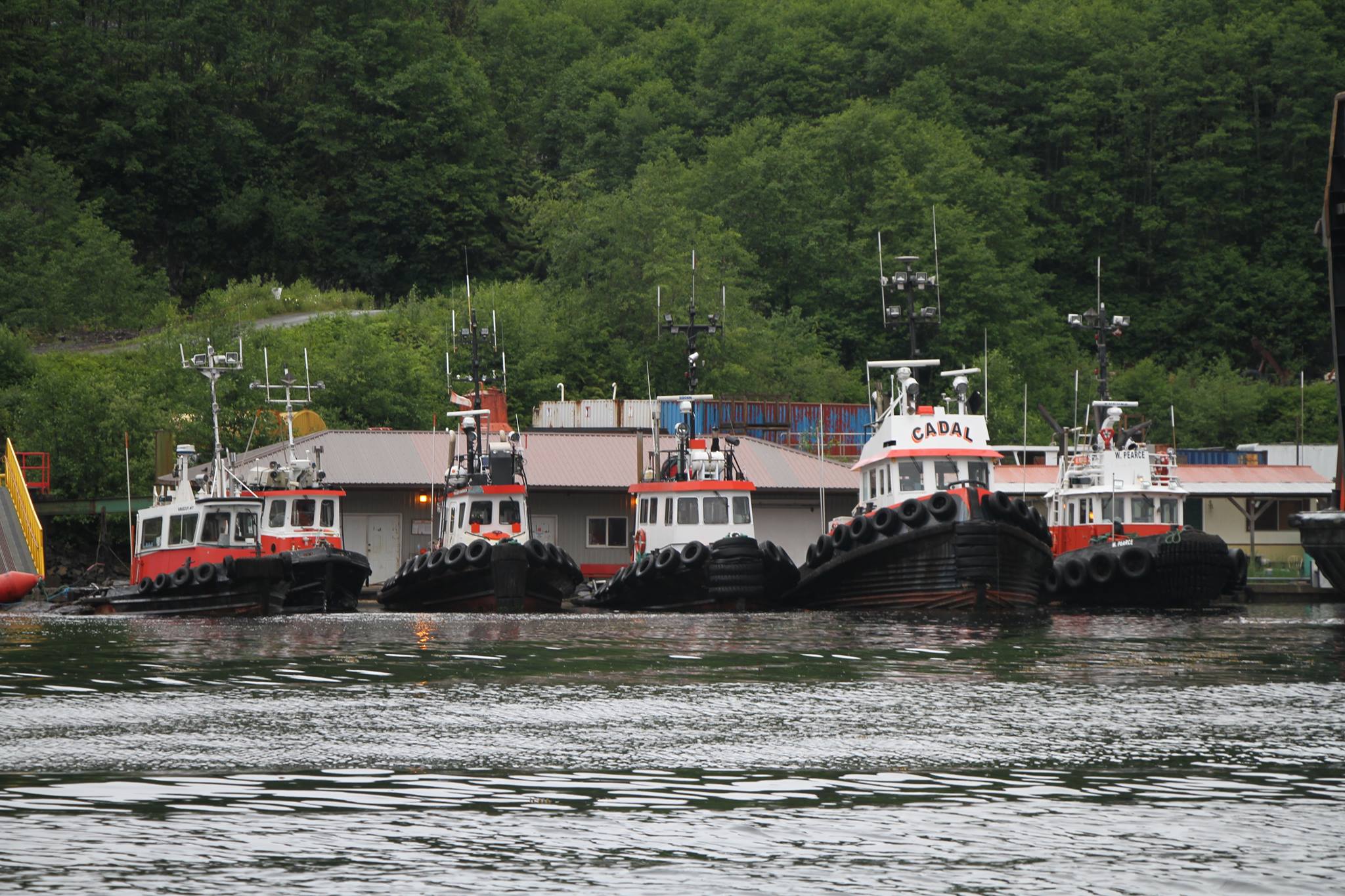The scorching heatwave rippling across the province isn’t only affecting those of us on land.
Scientists are concerned that it’s also killing off coastal seabirds.
“When the heat wave happens, it suppresses that cold water upwelling and that often results in a reduction of food supply and that results, unfortunately, in seabirds dying.”
David Bradley, the B.C. director of Birds Canada
A marine heatwave occurs when temperatures rise and sea winds die down, allowing the water’s surface to heat up. They have become much more frequent and harsh as climate change–which is caused primarily by deforestation and the burning of oil, gas and coal– worsens.
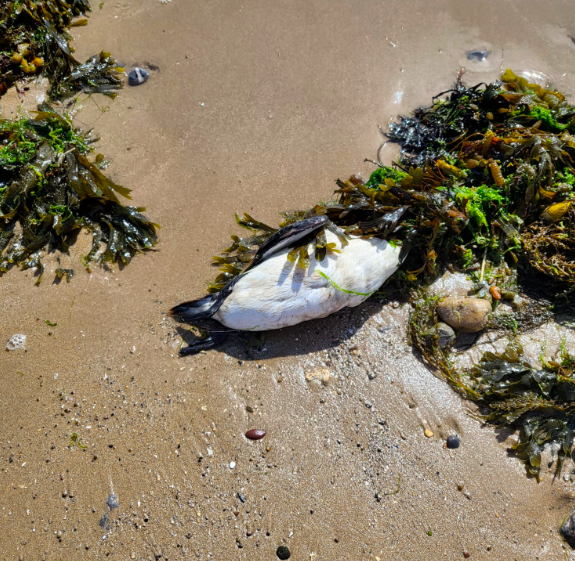
The current Pacific heat wave is making temperatures over five degrees above normal and is affecting four million square kilometres of ocean, from Oregon to Alaska. The American National Oceanic and Atmospheric Administration has categorized this heatwave as “extreme,” the highest level.
Seabirds are dying off due to the marine heat wave, because they survive off the cold water nutrients, like plankton, that rise to the ocean’s surface.
“When the heat wave happens, it suppresses that cold water upwelling and that often results in a reduction of food supply and that results, unfortunately, in seabirds dying,” David Bradley, the BC director of Birds Canada, told CBC News.
Volunteers needed for bird survey
Like ‘canaries in the coal mine,’ sick seabirds are often the first indicators of a struggling ecosystem. Their deaths are considered a warning sign of how warming temperatures are affecting the environment as a whole.
That’s why Birds Canada, the nation’s only national organization dedicated to bird conservation, is asking the public to keep an eye on their local beaches and report any dead sea birds.
They say monitoring can be done by taking monthly walks along the same beach area and watching for marine birds, particularly gulls, ducks, terns, and rhinoceros auklets.
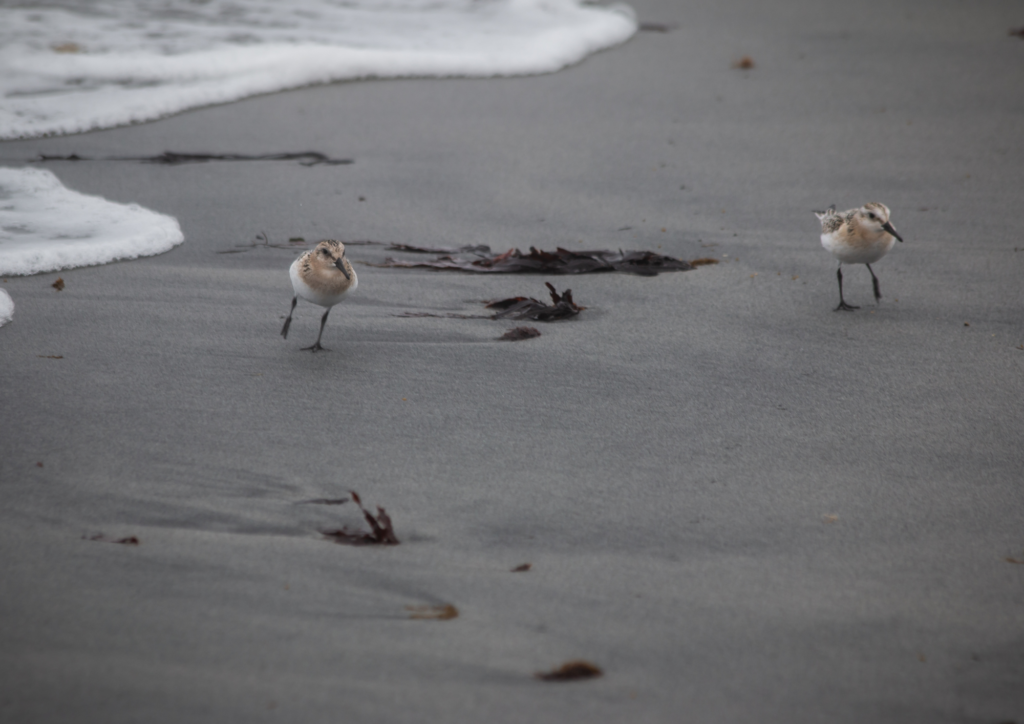
Volunteers will be asked to identify and tag the dead seabirds in order for them to be counted. If you are interested in taking part in the Beached Bird Survey, go to their website or email [email protected] to get your free tool kit.
Landmark study reveals massive die-offs
“I think we are facing a world with fewer seabirds, and that means by extension fewer other top predators as well, fewer marine mammals and quite possibly, fewer commercially important fish.”
Julia Parrish, scientist
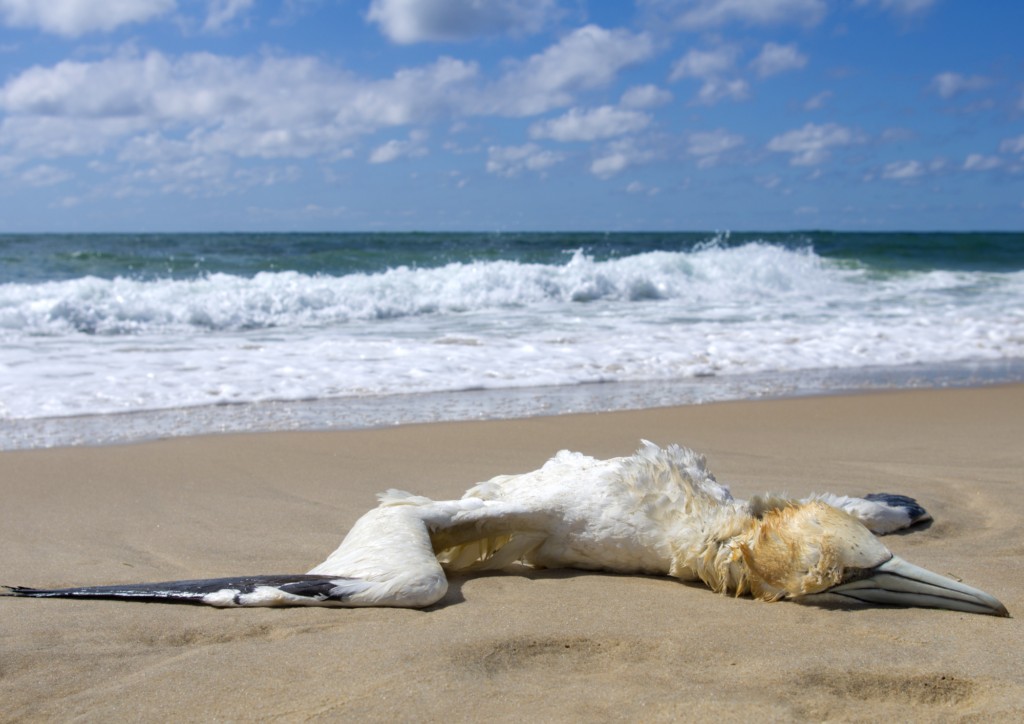
Birds Canada’s Bradley and other BC scientists were part of a landmark study released last month by the University of Washington. Experts examined 90,000 seabird deaths along 500 kilometres of the Pacific coast and discovered five massive die-off events occurred between 2014 and 2019.
Previously, a die-off might occur once a decade, but now seabirds are dying en masse once a year. The study found the warming ocean, a direct consequence of climate change, was responsible for the starvation and disease in those five die-offs.
“I think we are facing a world with fewer seabirds, and that means by extension fewer other top predators as well, fewer marine mammals and quite possibly, fewer commercially important fish,” Julia Parrish, scientist and lead author of the study, told Oregon Public Broadcasting.
Marine heatwave affects all creatures
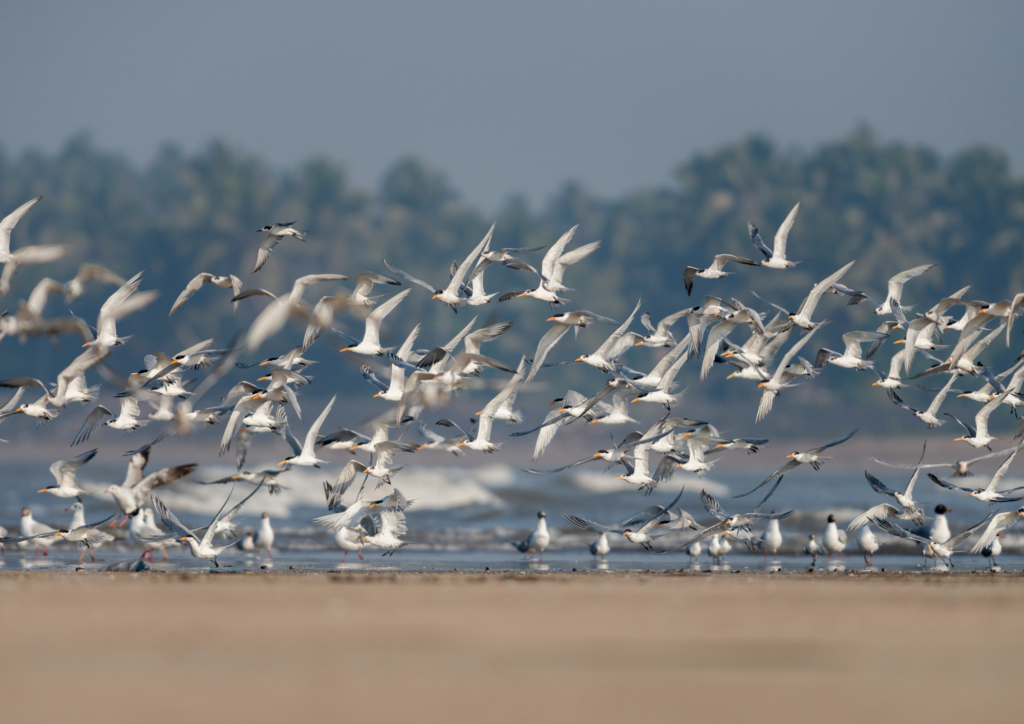
“Warmer water tends to have a lot less oxygen in it than cold water. So your basic productivity is decreased, and that means a lot of the primary food substances for a lot of the animals that marine mammals depend on start to decrease in abundance.”
Martin Haulena, head veterinarian with the Vancouver Aquarium
The current marine heat wave affects not only seabirds – experts say the entire marine ecosystem suffers.
Plants and creatures, from kelp, shellfish, and salmon to large marine mammals like whales, are affected by the ocean’s rising temperatures.
“Warmer water tends to have a lot less oxygen in it than cold water. So your basic productivity is decreased, and that means a lot of the primary food substances for a lot of the animals that marine mammals depend on start to decrease in abundance,” said Martin Haulena, head veterinarian with the Vancouver Aquarium, told the CBC.
“Pray for our salmon. Due to persisting low population counts for Sockeye and Chinook, all WLFN fishing spots on the Fraser and Chilcotin rivers will remain closed indefinitely.”
Williams Lake First Nation
After the 2021 heat dome that hit the province, a UBC scientist found that over a billion seashore animals likely died as shoreline temperatures reached 50 degrees Celsius.
Communities take action
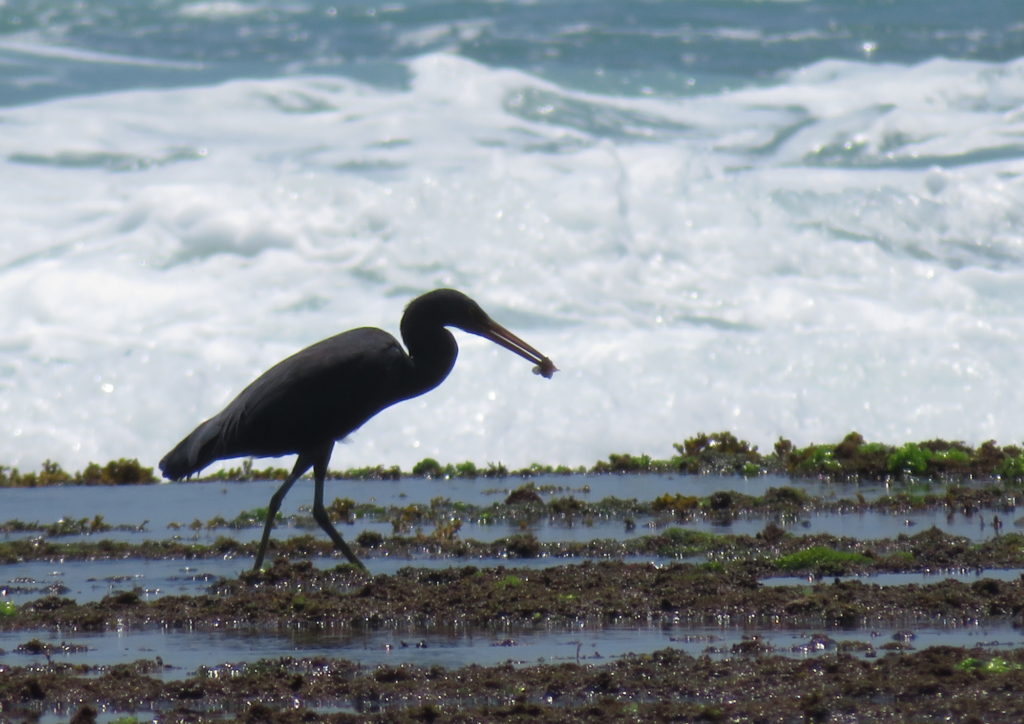
Many communities across BC are taking measures to protect certain marine species as temperatures rise. For example, Williams Lake First Nation is taking action to protect fish populations due to high temperatures and low water levels.
On their Facebook page on August 16th, they wrote, “Pray for our salmon. Due to persisting low population counts for Sockeye and Chinook, all WLFN fishing spots on the Fraser and Chilcotin rivers will remain closed indefinitely.”
With hot temperatures expected to continue until at least the fall, similar measures may have to be taken across the province to protect other marine wildlife.






